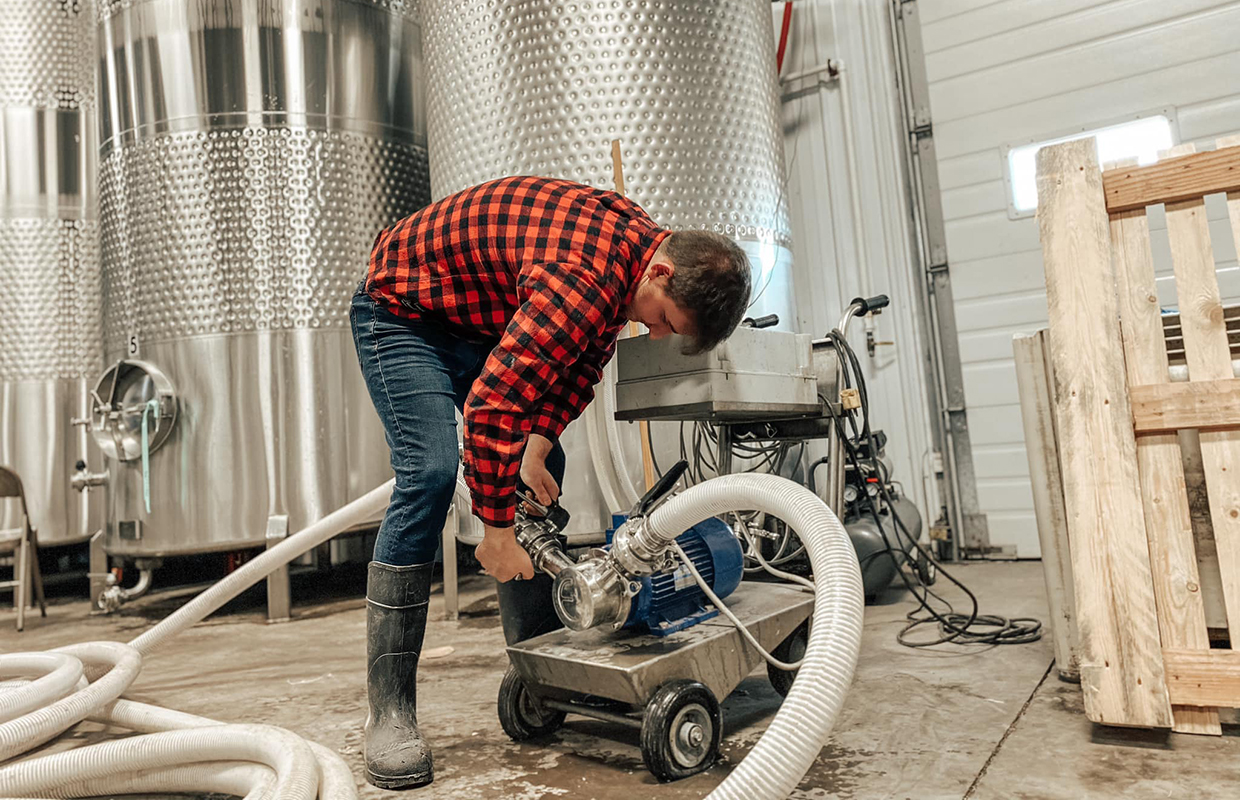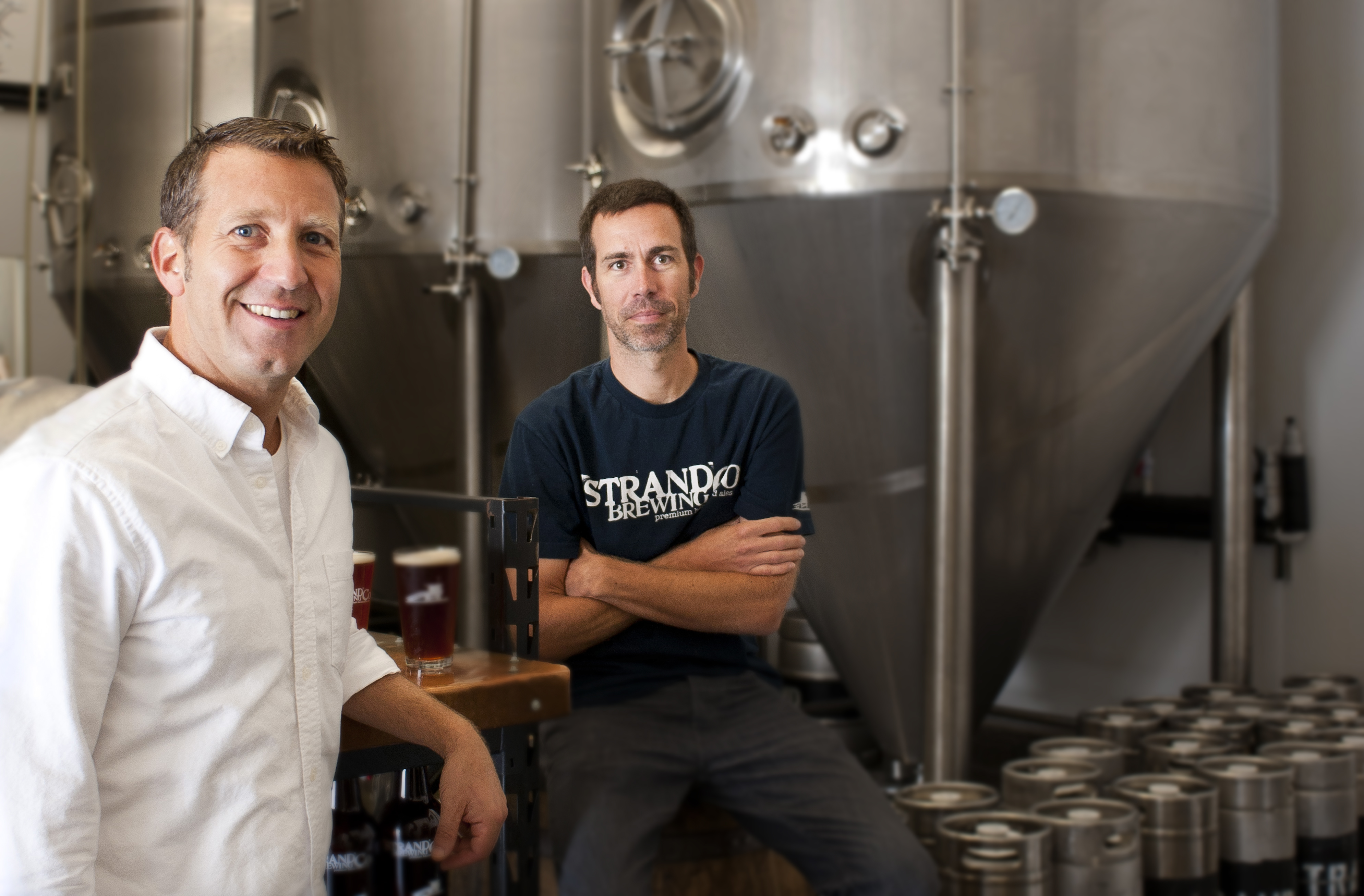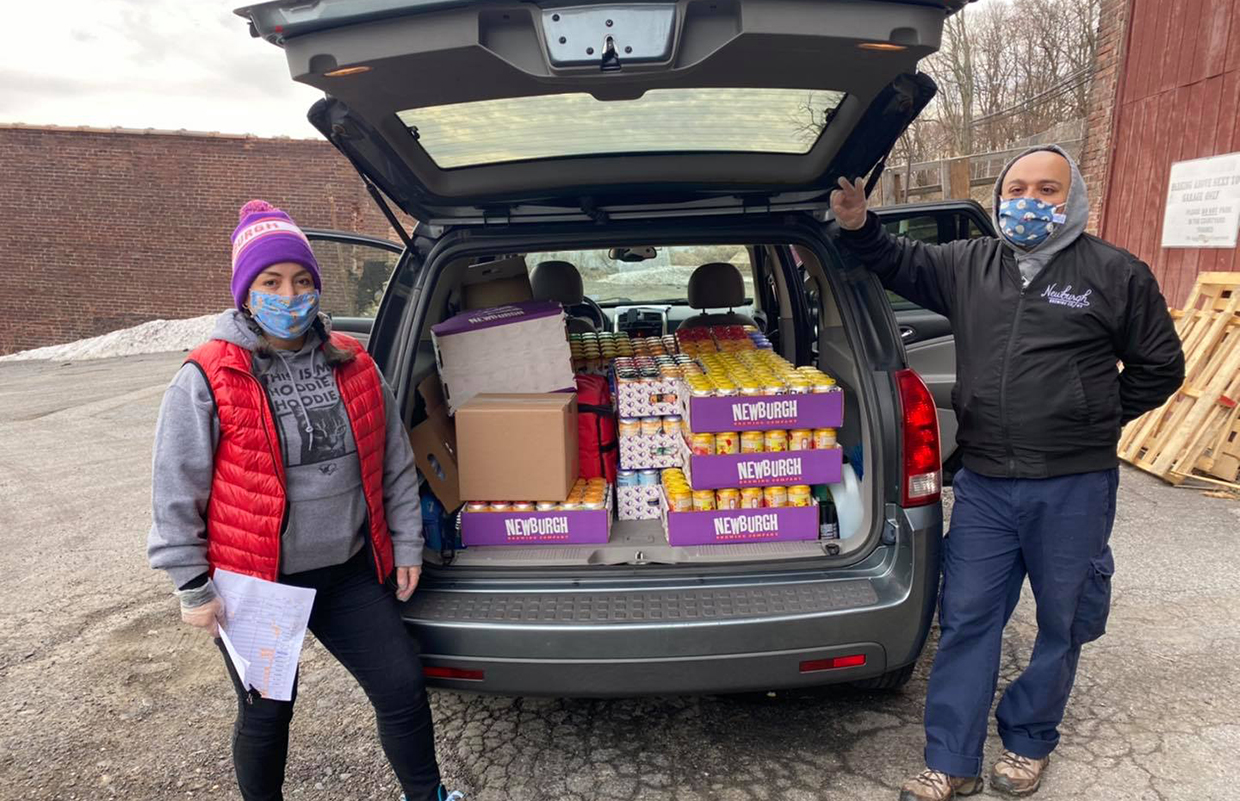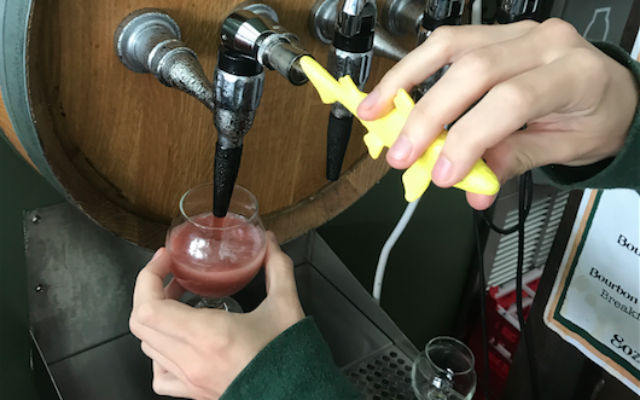
It’s important when a cidery like Rootstock Ciderworks rolls out new styles or a new label that the Williamson, New York facility can show its consumers why each cider is so different from the other.
That means a checklist of questions to consider before it’s served, said Cidermaker Luke DeFisher.
He says the questions they ask are:
- Should we do this as a single-varietal, or as a blend?
- How will these flavors interact with other varietals in a blend?
- Do we like the characteristics of the way they are in the fresh fruit, or do we want to transform them by using a different yeast strain?
- Do we want to further transform the cider by doing a secondary fermentation, or barrel-aging it?
- Do we want to incorporate non-apple ingredients, like hops, or other fruit from the farm?
- How should we finish this cider — dry, sweet, somewhere in between?
- What should the packaging look like so we can best tell the story of what’s happened to this cider?
”That’s the art and science of cidermaking,” DeFisher said. “Expressing the characteristics of an apple into a finished cider, we have to make several considerations. … When we introduce new styles of cider, we aim to make a cider that is distinct and set apart from each of our other styles. We want them to appreciate how the blend of apples, the farm supplying the fruit, and the cidermaking techniques affect the finished cider.”
For Ploughman Cider, Ben Wenk shared with Brewer the two ways the Adams County, Pennsylvania cidery accomplishs that is by fermenting single varietal ciders and through wild and spontaneous fermentation.
”While most of our favorite ciders are blended, single varietal ciders are a great way to talk about unique apples and educating folks about just that — how well these apples can stand on their own,” Wenk said. “Taken a step further, matching those apples with the ambient yeasts that are attracted to them in our orchard will match those unique apples to the soil that holds their roots.
”Our Stayman Winesap apples aren’t exactly like my neighbors which aren’t like those at my buddy’s orchard in Maryland and so on.”
For generations, DeFisher said that Rootstock has focused on growing the best possible apples, and as the family business evolves past the orchard model as a supplier into the cidery making their own, they want to make sure that that tradition shines through in its ciders as well.
”We’re fortunate enough to have expertise in both the growing and the making side of hard cider,” DeFisher said. ”Our farm is also large enough that we supply apples and juice to many other cideries in New York State, the Northeast, and even as far out as Texas. Part of what makes us successful as a juice supplier is that we’re cidermakers as well as growers, so we understand what our customers’ needs are, and we have a sense of what the finished product will be.
”Unlike some other juice suppliers, we are willing to make blends exactly to our customer’s specifications, because we know how crucial that is to a cider style.”






Be the first to comment